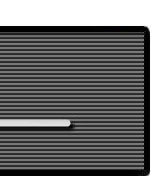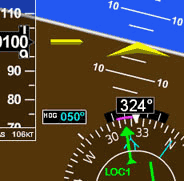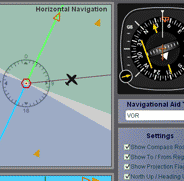II - Pitot-Static Instruments
The airspeed indicator (ASI), the altimeter, and vertical speed indicator (VSI) are instruments that pilots learn to rely on, and they rarely fail or malfunction. Because of this, when they do, the results can be devastating. One of the main contributors to the malfunction of these instruments are blockages by ice or foreign objects in the Pitot-static system.
Transponders with mode C and S are also connected to the Pitot-static system. Blockages can affect the pressure altitude information that the transponder transmits (when iterrogated by the radar) back to the radar facility and air traffic control (ATC). As a result, the air traffic controller may receive incorrect altitude information regarding the affected aircraft on their radar screens. Most radars are not able to determine the aircraft's altitude with precision and this is why the transponder transmitted pressure altitude information is so important to the controller.
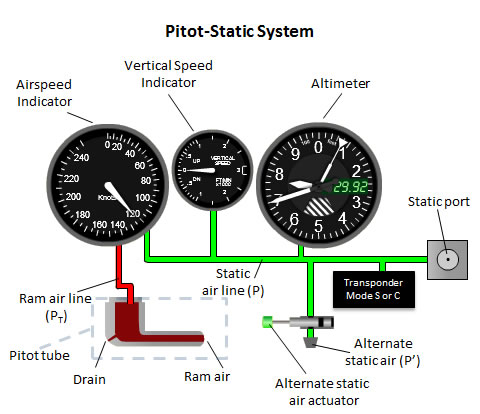
Fig 2-1 The Pitot-static system uses a Pitot tube and static air probe.
The Pitot-static system (Figure 2-1) usually uses three basic openings for its probes which can get blocked. In the Pitot tube there is a ram air opening that faces the airstream directly and a relatively much smaller drain hole that allows moisture to drain out of the Pitot tube. The third opening, which is perpendicular to the airstream, is from the static port. Occasionally the static air port may be integrated as part of the Pitot tube itself making it a Prandtl tube instead of just a plain Pitot tube. Blockages may occur in these three openings in any combination. Examples include water that may freeze, insects that make a nest while the aircraft is parked, other debris that enter the ports, or the Pitot tube and/or static port covers not having been removed before flight. Note there also may be an alternate static air source that can be activated (usually by the pilot) if the static port is blocked and it provides another source for the static air.
Understanding how the instruments that rely on the Pitot-static system are connected helps understand what can happen during a blockage. As previously mentioned, the sequence as well as the combination in which the blockages occur is also important.
Airspeed Indicator
The airspeed indicator (ASI) is connected to the ram air line (see fig 2-1), which measures total pressure (PT). In addition, the ASI is also connected to the static air line which is connected to the static port. The static port measures the outside ambient pressure or static pressure (P). The airspeed indicator's pressure measurement design is constructed for relative (or gauge) pressure measurements as opposed to measuring absolute pressure. The ASI basically measures the difference in pressure between the total pressure (PT) and static pressure (P). This difference is the impact pressure (qc) which the ASI uses to display an airspeed reading based on it. In other words, the impact pressure being measured is given by the equation: qc = PT - P. You can think of the reason for subtracting static pressure from the total pressure to get the impact pressure is that you want to remove the influence of the ambient pressure in order to get the pressure due only to the impact of the air molecules, at speed, on the ram air opening. The pressure that these air molecules exert is a function of the airspeed .
| |
Impact Pressure (qc ) vs Indicated Airspeed (0-200 knots)
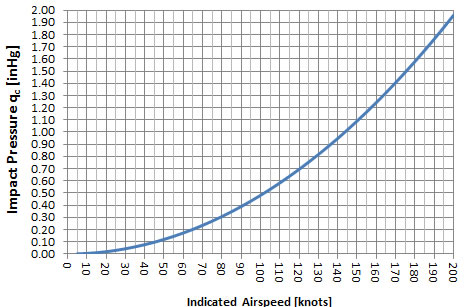
|
|
Chart 2-2
The ASI is calibrated so that it would measure true airspeed if the aircraft were flying at sea level in standard atmosphere. Indicated airspeed (IAS) will equal true airspeed (TAS) only in these conditions. Chart 2-2 shows how impact pressure (qc) relates to indicated airspeed in these conditions (sea level in standard atmosphere). Note how the impact pressure qc increases as indicated airspeed increases.
If you were building an airspeed indicator you could purchase a pressure gauge and then use chart 2-2 to obtain the pressure corresponding to each airspeed indication and mark the airspeed numbers on the gauge. You would then connect this gauge to the Pitot-static system so that it would measure the ram air pressure PT relative to the static pressure P, giving you a measurement of the difference between the two which is qc. Your indicated airspeed would be read on the markings you made on the gauge.
| |
Indicated Airspeed (0-200 knots) vs Impact Pressure (qc )
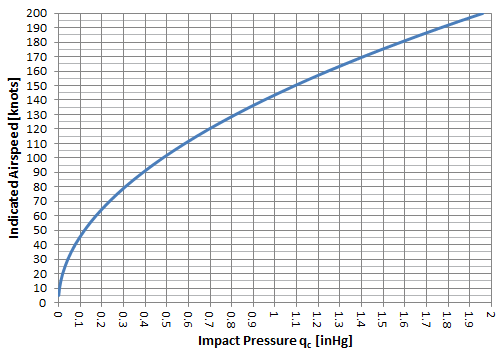
|
|
Chart 2-3
Chart 2-3 is the inverse of chart 2-2 and relates indicated airspeed to impact pressure (qc) at sea level in standard atmosphere. Chart 2-3 will be used later when we discuss blockages and the resulting effects on the airspeed indicator.
|

